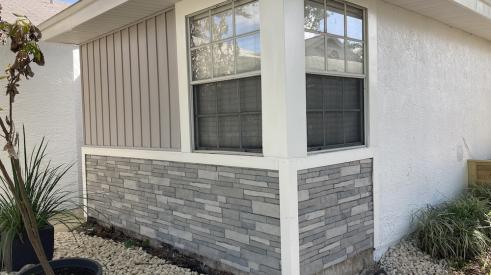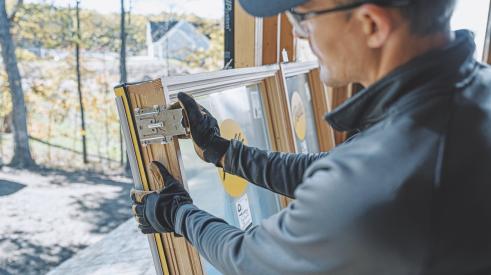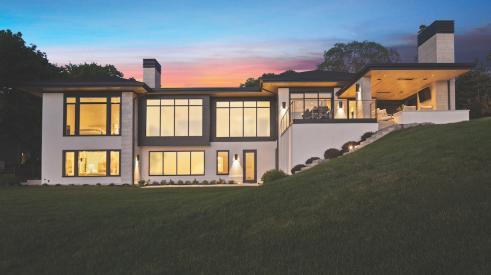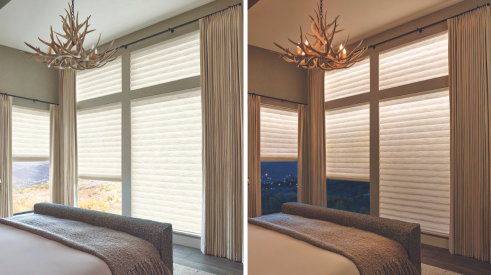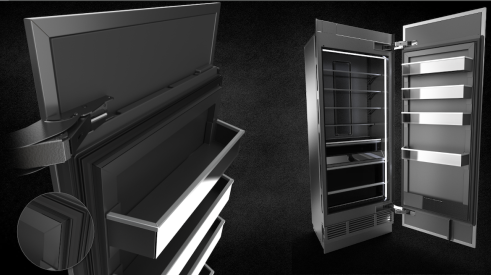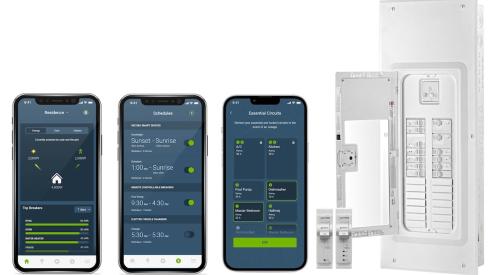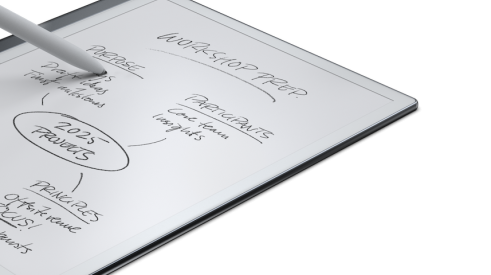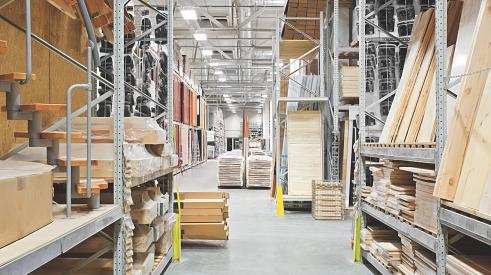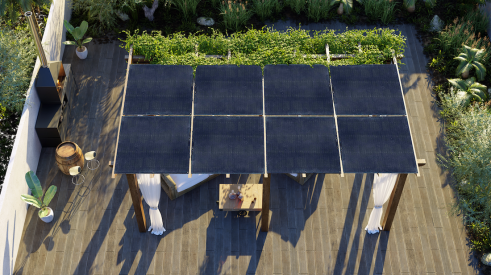The improvement of existing homes in the U.S. can have a much greater impact on overall residential energy use than the construction of highly efficient new homes. There are more than 130 million existing housing units in the U.S., while new construction annually represents less than 2 percent of the total supply (U.S. Census Bureau, 2013).
These existing dwellings use on average 89.6 million BTUs annually, which could potentially be reduced by 30 percent and resulting in a collective savings of three quadrillion BTUs nationally.
That’s enough energy to power another 47 million energy-efficient new homes.
There are active programs designed to improve the energy performance of existing homes. Home Performance with Energy Star (HPwES) is the largest market-rate program among them. Drawing best practices from programs like HPwES and augmenting their efforts is a logical strategy to pinpoint and better implement the most cost-effective energy-conservation measures (other than those targeting occupant behavior) to reduce energy use in homes nationwide.
The house as a system
HPwES has been the mechanism for improving more than 275,000 homes since 2002. HPwES uses a “house as a system” approach and focuses on improvements to the building envelope and mechanical systems. HPwES contractors conduct energy audits on participating homes; prepare reports with recommended energy efficiency improvements such as air sealing, increased insulation, or mechanical upgrades from an approved list; and install the selected upgrades.
In this project, the Building America Research Alliance (BARA) evaluated the upgrade packages contractors chose to use in a segment of homes participating in the New Jersey HPwES program to determine if (and which) packages were achieving 30 percent savings. The goal was to verify if BARA could develop retrofit packages that could achieve significant energy savings to help augment programs such as HPwES.
Among the 42 homes at the top level of estimated energy savings in the 2011 New Jersey HPwES program, 39 had their heating system replaced and 31 had air conditioning installed or replaced. But, surprisingly, of the three homes that did not have heating or cooling replaced, two achieved significant site energy savings of 27 percent and 31 percent.
Although limited in scope, the study suggests contractors can often achieve the BARA energy saving goal of 30 percent with cost-effective envelope improvements, and they should be implemented before necessarily replacing mechanical equipment in many existing homes.
Utility data was collected for 17 HPwES retrofit projects. This data shows:
- The average per-household site energy use for the post-retrofit group is 83.74 MM BTU/year, or approximately 66 percent of the New Jersey household average.
- The 17 projects achieved an average site energy savings of 35 percent.
Post-retrofit air leakage testing was conducted at each project. These data show:
- The average leakage reduction among 42 homes was 31 percent; however, the leakage in these homes could have been reduced 715 CFM50 further on average, and still not have fallen below their Building Airflow Standard.
The energy conservation upgrades among the 17 homes varied, but:
- The retrofits for 15 homes that had mechanical equipment installed cost an average of $13,622 and achieved an average energy savings of 36 percent. The energy retrofit costs of the two homes without HVAC measures averaged $9,313 and their average energy savings was 29 percent.
In conclusion, BARA found that retrofit packages in the New Jersey HPwES program (both mechanical and enclosure focused) could achieve 30 percent savings. There is an opportunity to develop and recommend standard packages for HPwES projects, and increase program participation by creating easily implemented, cost-effective enclosure package recommendations.
Current work in BARA will continue to evaluate strategies to achieve these levels of performance and to develop recommendations to help the industry consistently achieve these performance improvements. PR
--
Christine Liaukus is an architect and Certified Passive House consultant for BARA. She can be reached at christine.liaukus@njit.edu. For more information on Building America, visit www.buildingamerica.gov and be sure to check out the Building America Solution Center at basc.energy.gov for the latest technical resources available for energy-efficient construction. To learn more about Home Performance with Energy Star, visit http://1.usa.gov/1fQW2V6.
BARA found that retrofit packages in the New Jersey HPwES program (both mechanical and enclosure focused) could achieve 30 percent savings.
Add new comment
Related Stories
Pro's Picks: A Quick Install Composite Stone
This pro completed a high volume facelift project months ahead of schedule
Pella's New Debut Promises Faster, One-Person Window Installs
The window manufacturer promises 3.15x faster installation with its Steady Set system
Marvin Releases Switchable Privacy Glass Window
The privacy glass windows can be purchased from Marvin's Direct Glaze windows
Innovative Products: Window Shades That Create Natural Light
Wait, shouldn't window shades keep light out?
New Insulation Innovation Reshapes Our Thinking of Refrigeration
Whirlpool Corporation's latest innovation allows refrigerators to do more and be more
Innovative Products: A Whole-Home Energy Monitoring System
Homeowners can control their lighting, load control, and EV charging through one app
Pro's Picks: A Paperless Note-Taking Tablet
This remodeler recommends a tablet that makes note-taking and document organization easier
Building Materials Show Stability in 2023
Although supply chain bottlenecks have eased in recent months, shortages of some key materials persist.



